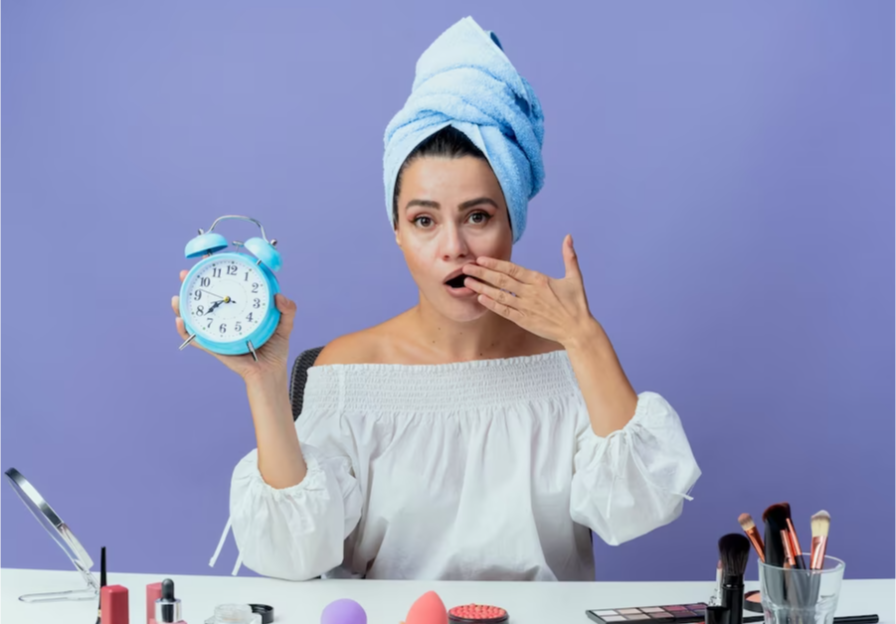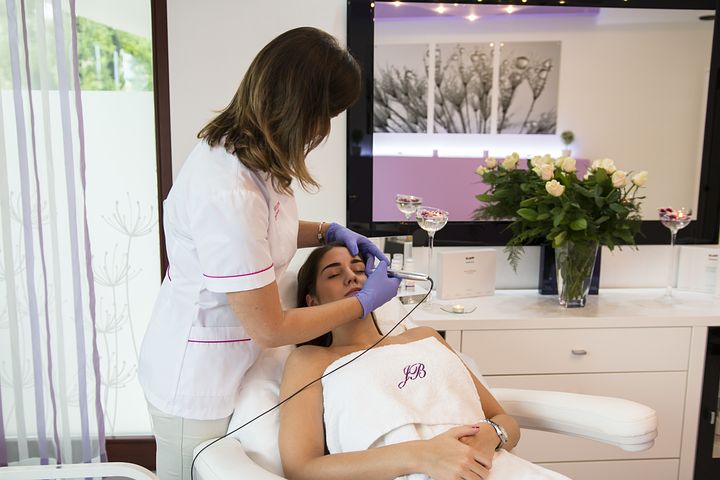Exfoliating is an important part of any skincare routine. It helps to remove dead skin cells, unclog pores, and promote healthy skin cell turnover. However, there are some dos and don’ts of exfoliating to keep in mind for healthy skin.
Dos:
- Do choose the right exfoliant for your skin type. There are physical exfoliants, such as scrubs and brushes, and chemical exfoliants, such as AHAs and BHAs. Choose an exfoliant that suits your skin type and concerns.
- Do exfoliate regularly, but not too frequently. How often you should exfoliate depends on your skin type and the product you are using. Generally, it is recommended to exfoliate 1-2 times a week.
- Do use gentle pressure when exfoliating. Avoid using too much pressure or scrubbing too hard, as this can damage the skin.
- Do moisturize after exfoliating. Exfoliating can strip the skin of its natural oils, so it’s important to follow up with a moisturizer to help replenish hydration.
- Do use a sunscreen after exfoliating. Exfoliating can increase sun sensitivity, so it’s important to use a sunscreen to protect your skin.

Don’ts:
- Don’t exfoliate if you have active acne or skin inflammation. Exfoliating can further irritate these conditions and make them worse.
- Don’t use an exfoliant that is too abrasive. Avoid using products with large, rough particles that can cause micro-tears in the skin.
- Don’t exfoliate too frequently. Over-exfoliating can damage the skin barrier and cause irritation and inflammation.
- Don’t use an exfoliant on sensitive areas like the eye area or lips. These areas require special attention and gentle care.
- Don’t exfoliate too soon after using other treatments, like retinoids or acids. These treatments can make the skin more sensitive, so it’s best to wait a few days before exfoliating.
By following these dos and don’ts of exfoliating, you can help to promote healthy, glowing skin without causing damage or irritation. Listen to your skin’s needs and adjust your exfoliation routine accordingly.




